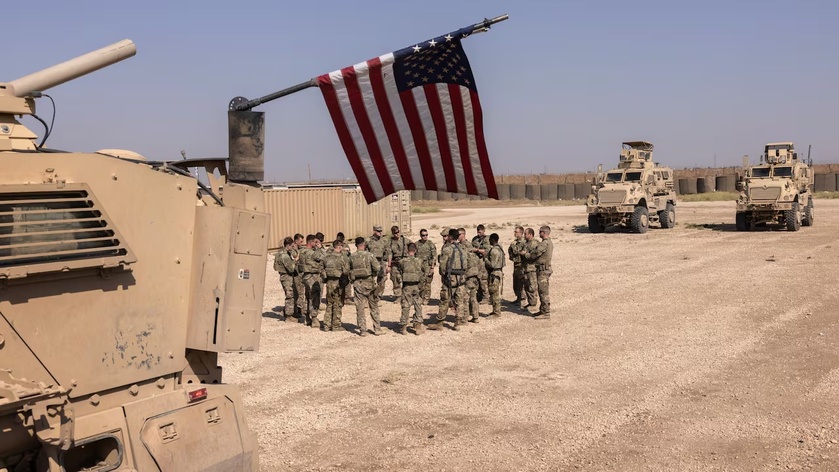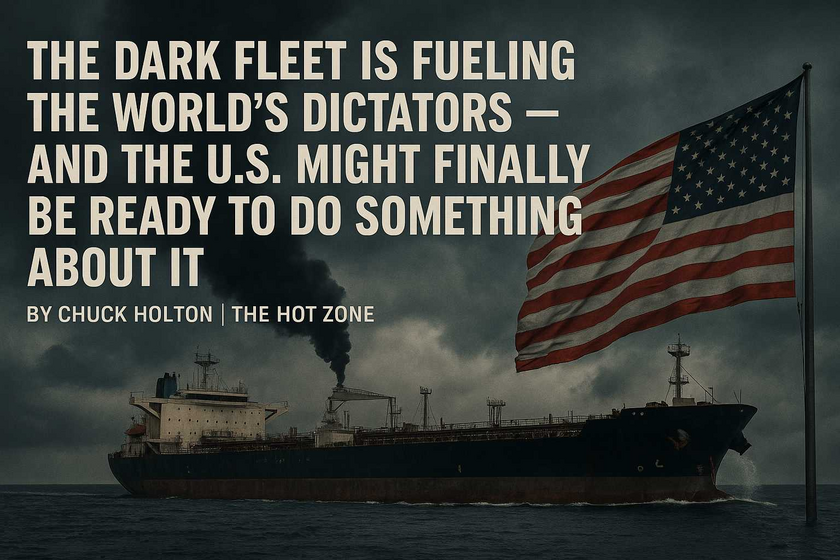Israel is back in Gaza with over 40 strikes against Hamas targets, the U.S. is hitting the Houthis in Yemen, and Israel is striking in Lebanon and Syria. That’s a lot of conflict in one day.
But here’s what I want to talk about: ceasefires. Specifically, why they rarely lead to the end of a war.
Ceasefires Don’t End Conflicts—Winning Does
A ceasefire sounds nice in theory. Two sides stop shooting, people get a break from the violence, and maybe, just maybe, they find a way to peace. But in reality, that’s not how wars end. Wars end when one side wins.
The idea that two reasonable parties will sit down and negotiate peace assumes that both sides are rational. But real, wars don’t start because people are reasonable. If they were, they wouldn’t have gone to war in the first place.
Take Russia and Ukraine. Russia didn’t just wake up one day and say, “Let’s have a friendly discussion.” No, they built up 250,000 troops on Ukraine’s border and then invaded. They claimed all sorts of reasons—some of which had a strategic basis—but none of which were moral, rational, or justified.
Trump, Putin, and a Pointless Phone Call
Recently, former President Trump had a call with Vladimir Putin about a ceasefire in Ukraine. It didn’t go well. Putin left Trump on hold (a power move) and later made demands that no one in the West could accept.
The Kremlin’s version of the call was very different from the U.S. version. Putin didn’t agree to a ceasefire. Instead, he said he might consider stopping attacks on Ukraine’s energy infrastructure—but only if the West stopped all weapons shipments to Ukraine. In other words, Russia would stop targeting power plants if Ukraine essentially surrendered. That’s not a negotiation. That’s blackmail.
Russia’s Long History of Breaking Ceasefires
Let’s talk history. Russia has agreed to multiple ceasefires with Ukraine over the years. How many have lasted? Zero.
Here’s a quick rundown:
2014 Minsk Agreement – Broken almost immediately.
2015 Minsk II Agreement – Also broken.
2016 Ceasefires (Harvest, Easter, School-Year, Christmas) – Every single one was violated.
2019 Steinmeyer Formula Ceasefire – Lasted longer but still collapsed.
2020 Nationwide Ceasefire – This one worked for a while, but guess what? Russia used the time to build up forces before launching its full-scale invasion in 2022.
See a pattern? Russia doesn’t want a ceasefire—they want a chance to regroup and attack again later.
The Reality: Either Ukraine Wins or Russia Wins
This war doesn’t end with a handshake. There are only two possible outcomes:
Ukraine loses. That means 30 million people live under Russian oppression, and Russia moves on to its next target—maybe Poland or even Belarus.
Russia loses. And they learn a hard lesson that aggression doesn’t pay.
Right now, Russia is struggling. Ukraine is hitting Russian energy infrastructure hard, and it’s making a big impact. That’s why Putin suddenly wants to negotiate—but only on his terms.
What Should Happen Instead?
Instead of pushing for a doomed ceasefire, the U.S. should take the same stance on Ukraine that it takes on Israel: full support until victory is achieved.
If Trump really wants to make an impact, he should be telling Putin:
“We will never allow NATO to attack Russia, but we also won’t allow Russia to take territory that isn’t theirs. Until Russian troops leave Ukraine, we will use every economic tool available to collapse your war machine.”
That’s the only language Putin understands. Anything less just delays the inevitable.
Final Thoughts
Ceasefires sound good on paper, but history shows they rarely work. When dealing with aggressive, expansionist regimes like Russia, stopping the fight only gives them time to regroup and attack again later. The only way to end this war is for Ukraine to win—and the U.S. should be doing everything it can to make sure that happens.
Let me know what you think in the comments!

















